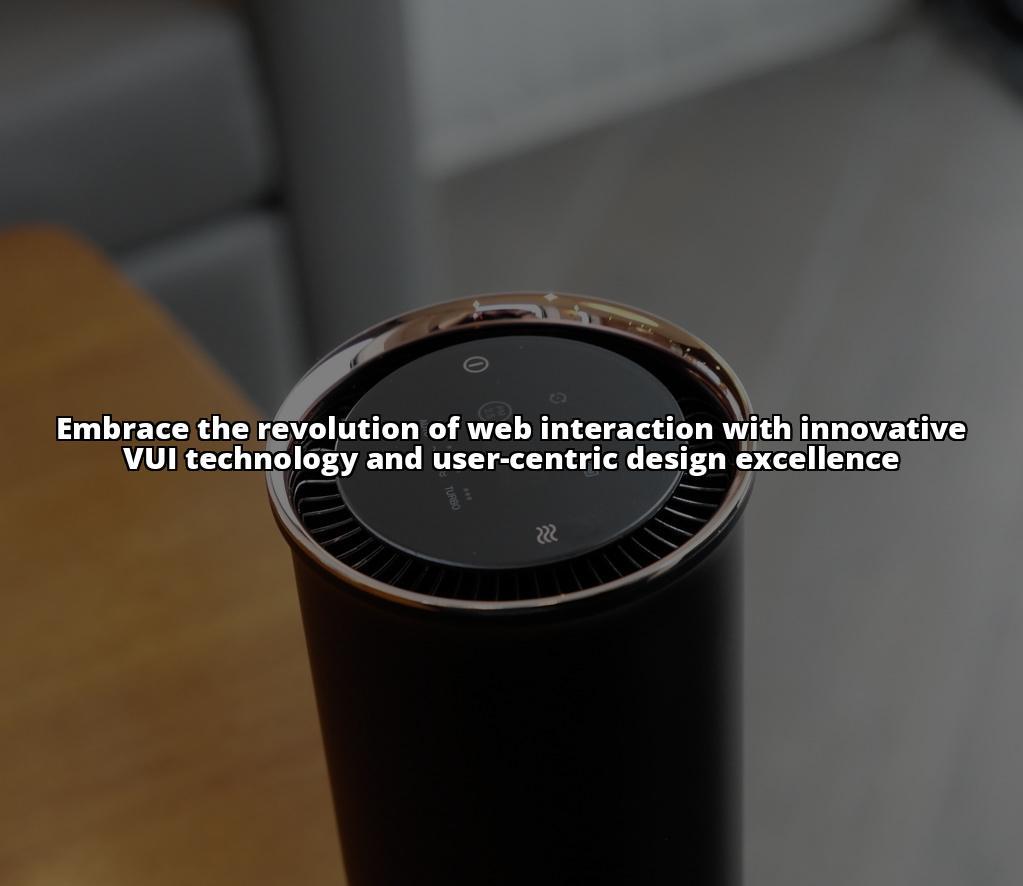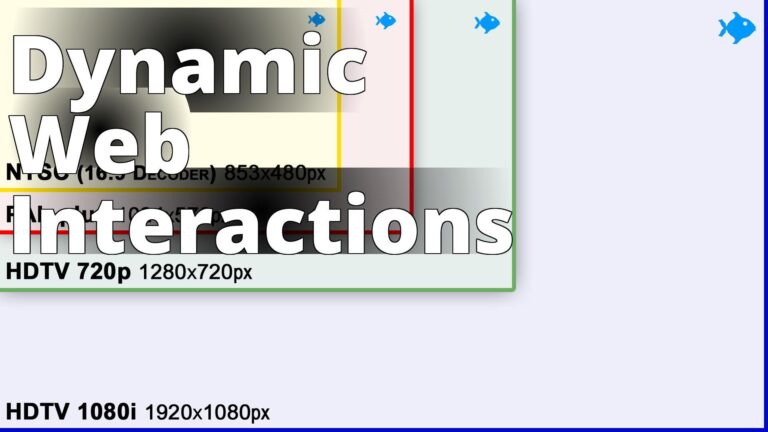Voice User Interfaces (VUIs) are not just an emerging trend; they are a seismic shift in the way we interact with technology. They represent a future that is already here future where our voices are the primary tools of command and control, and screens are secondary, if not obsolete. This isn’t a prediction. It’s a declaration. With every “Hey, Siri,” “Okay, Google,” or “Alexa,” we are actively participating in a revolution that is redefining user experience and interaction design.
Voice User Interface (VUI) Basics
By reading this article, you will learn: – What a Voice User Interface (VUI) is and how it works. – The evolution, future, benefits, and challenges of Voice User Interfaces. – Tips for designing a user-centric VUI and examples of successful VUIs.
Use this table of contents for a quick navigation to what interests your search:
What is a Voice User Interface (VUI)?
A Voice User Interface is an interface that allows users to interact with a system through voice or speech commands. Personal anecdotes aside, the first time I interacted with a VUI, I was sceptical. Would it understand my accent? To my surprise, it did more than just comprehend; it learned and adapted. This is the magic of VUIit’s not just a one-way street; it’s an evolving conversation.
VUIs are increasingly sophisticated and capable of understanding nuances in language and even user emotion. They are not mere voice recognition systems but intelligent interfaces that use natural language processing to respond in a way that feels both personal and efficient.
How Does a Voice User Interface Work?
At its core, a VUI functions on a simple premise: listen, comprehend, act, and respond. But the simplicity ends there. The mechanics involve a complex dance of algorithms, machine learning, and data analysis.
When a user speaks, the VUI captures the audio and processes it, converting it into text. This text is then analyzed, with the system determining the intent behind the command. What follows is a carefully choreographed sequence that involves accessing the appropriate response or action and delivering it back to the user, often in a conversational manner.
The Evolution of Voice User Interfaces

The history of VUI is a testament to human innovation. I remember when voice commands were clunky, often resulting in comical misinterpretations. But today’s VUIs are descendants of those early attempts, refined by years of user feedback and technological advancements.
From the shoebox-sized IBM Shoebox in 1962 to today’s sleek digital assistants, VUI has come a long way. Each milestone in its evolution has made it more intuitive and more user-friendly. And with each iteration, VUI has woven itself deeper into the fabric of our daily lives.
Real-Life Example: Embracing Voice User Interface at Home
I’ve always been interested in new technology, so when I heard about voice user interfaces (VUI), I was eager to give it a try. I decided to invest in a smart speaker with a built-in VUI to see how it could make my daily life easier.
Meeting My Needs
After setting up the smart speaker, I quickly realized how much it simplified tasks around the house. I could easily check the weather, set timers while cooking, and even control other smart devices with just my voice.
Embracing Natural Language
One of the most impressive aspects was the VUI’s ability to understand natural language. I could ask complex questions and give commands in a conversational manner, and it would consistently interpret and fulfil my requests.
Simplifying Daily Tasks
The VUI not only simplified daily tasks but also made me more productive. I could create shopping lists, set reminders, and even play music without lifting a finger.
My experience with embracing VUI at home has truly revolutionized how I interact with technology, making me excited to see how VUI will continue to evolve and improve in the future.
The Future of Voice User Interfaces
The future of VUI is not just about refining what we have; it’s about expanding where they can go. Picture this: a world where VUIs are so seamlessly integrated into our environments that interacting with them becomes as natural as breathing. We are on the brink of this reality.
Artificial Intelligence (AI) and VUI are converging to create more empathetic and context-aware systems. These systems will predict needs rather than wait for commands, making the user’s life not just easier but more connected. It’s a future where our voice becomes the remote control for our entire life.
The Benefits of Voice User Interfaces

The benefits of VUIs are vast and varied. For starters, they offer a hands-free, eyes-free mode of interaction, which is invaluable for accessibility and multitasking. I’ve seen a visually impaired friend navigate his smartphone effortlessly with VUI, something that would have been challenging, if not impossible, before.
Moreover, VUIs can lead to faster interactions. There’s no need to type or navigate through menus; you speak, and it happens. This speed can be a game-changer in situations where time is of the essence, such as during emergencies.
The Challenges of Voice User Interfaces
However, the road to VUI domination is not without its potholes. One of the biggest challenges is the issue of privacy and security. With devices always listening, the potential for misuse is a concern that must be addressed with robust security measures.
Another challenge is the language barrier. Despite improvements, VUIs still struggle with accents, dialects, and languages outside of the mainstream. This is a significant hurdle in making VUIs truly universal.
How to Design a Voice User Interface
Designing a VUI is a delicate balance of art and science. It’s about understanding the user, crafting conversations, and iterating relentlessly. Here is how you can approach it:
1. Understand the User’s Needs
Insider Tip: Start with the user, always. Conduct user research to understand their habits, environments, and preferences. The more you know about the user, the better you can tailor the VUI to their needs.
2. Design for the Ear, Not the Eye
Remember, VUI is about conversation. It’s not about how things look but how they sound. Write scripts that are natural and engaging, and always keep in mind the flow of a normal conversation.
3. Keep It Simple
Simplicity is key in VUI design. Users should not have to remember complex commands or navigate through verbose menus. The goal is to make the interaction as effortless as speaking to another human.
4. Use Natural Language
Insider Tip: Employ natural language processing to give your VUI the ability to understand and respond in a way that feels natural. It’s not just about recognizing words but grasping intent and context.
5. Use Visuals Sparingly
In a VUI, visuals should only complement, not dominate. They can provide helpful cues but should never be the primary mode of interaction.
6. Test and Iterate
Testing is crucial. You need to see how real users interact with your VUI and iterate based on their feedback. This is where you refine and perfect.
The Best Voice User Interface Examples
1. Google Assistant
Google Assistant is a prime example of VUI done right. Its integration across devices and its ability to understand context make it a powerful assistant that feels like an extension of oneself.
2. Amazon Alexa

Alexa has become almost synonymous with VUI. Its ever-expanding skills and compatibility with a myriad of devices make it a staple in smart homes.
3. Apple Siri
Siri may have been the one to popularize VUI for the masses, and it continues to evolve, becoming more integrated into the Apple ecosystem, making it indispensable for iOS users.
4. Microsoft Cortana
Though not as widespread in consumer use, Cortana’s integration into Windows and Microsoft’s productivity tools showcases how VUI can enhance productivity.
5. Samsung Bixby
Bixby is an example of a VUI that’s trying to carve its niche by focusing on device interactions, showcasing the potential for VUI in device control.
In conclusion, Voice User Interfaces are not a passing fad. They are a revolution that is changing the way we interact with our world. As designers, developers, and users, we have the exciting opportunity to shape this future. The VUI revolution is here, and it’s our voice that will lead the way.
Frequently Asked Questions
What is a Voice User Interface (VUI)?
A VUI is a technology that enables users to interact with websites using voice commands.
How does VUI revolutionize web interaction?
VUI revolutionizes web interaction by providing a hands-free and intuitive way for users to navigate and interact with websites.
Who benefits from implementing VUI in web design?
Individuals with disabilities, tech-savvy users, and those seeking a more efficient web browsing experience benefit from VUI.
What are the objections to using VUI in web design?
Some may argue that VUI is not as accurate or reliable as traditional input methods, but advancements in technology are addressing these concerns.
How can VUI enhance user-centric websites?
VUI enhances user-centric websites by offering a more personalized and accessible experience, catering to diverse user needs and preferences.
What role does VUI play in visual branding excellence?
VUI contributes to visual branding excellence by providing a unique and memorable user experience that aligns with a brand’s identity and values.










